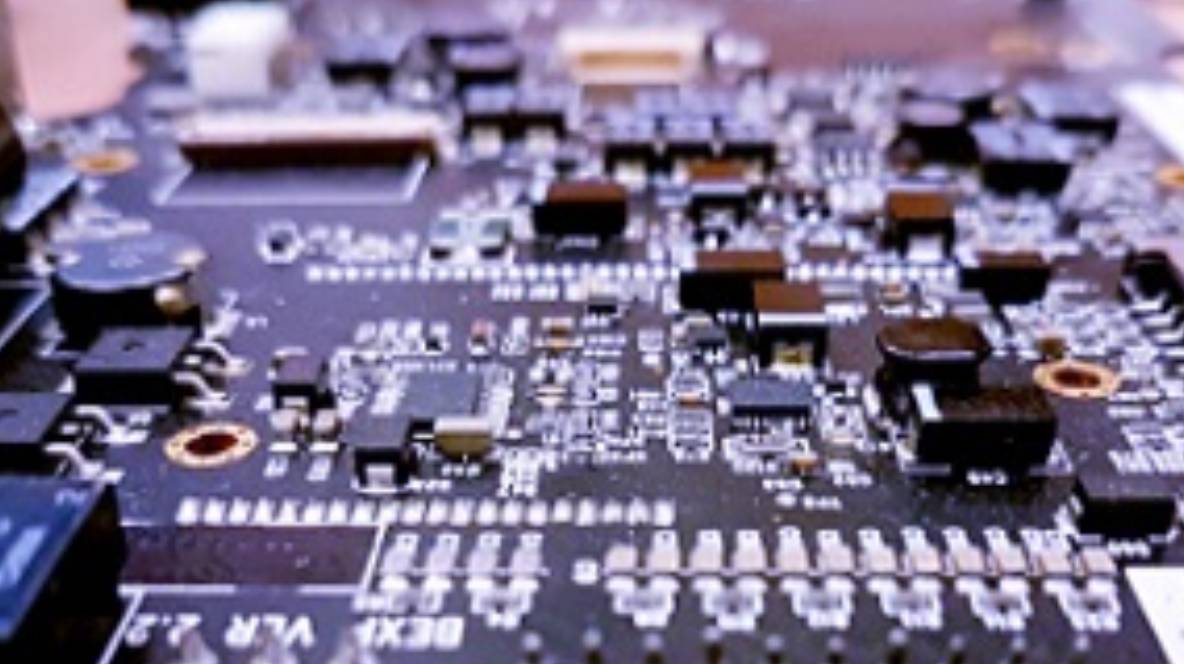Thermally Conductive Epoxy for Demanding Applications
Need a strong, permanent bond for thermal management? Thermally conductive epoxy offers superior heat transfer, vibration resistance, and gap filling. Ideal for demanding electronics applications. Learn more!
Managing heat in electronics is crucial for performance and longevity. While thermal paste is a common solution, thermally conductive epoxy provides a stronger, more permanent bond for demanding applications. This guide explores the advantages, uses, and selection criteria for this essential adhesive.
Advantages of Thermally Conductive Epoxy:
- Strong, Permanent Bond: Unlike thermal paste, thermally conductive epoxy creates a robust, permanent bond between heat sources and heat sinks, ensuring a reliable thermal path and superior vibration resistance.
- High Thermal Conductivity: These epoxies efficiently transfer heat away from components, maintaining optimal operating temperatures and preventing overheating.
- Gap Filling Capability: Thermally conductive epoxies effectively fill gaps between components and heat sinks, even on uneven surfaces, ensuring continuous thermal contact.
- Vibration Resistance: The strong bond resists vibrations and shock, making epoxy ideal for applications with constant movement or stress.
- Electrical Insulation: Many thermally conductive epoxies are electrically insulating, preventing shorts and protecting sensitive components.
Applications of Thermally Conductive Epoxy:
Thermally conductive epoxy is essential in various industries:
- High-Power Electronics: Ideal for managing heat in power supplies, voltage regulators, and high-performance LED modules.
- Power Electronics Packaging: Provides a robust, thermally conductive bond between components and heat sinks for efficient heat dissipation.
- Automotive Electronics: Withstands vibrations and harsh environments, making it perfect for ECUs and power modules.
- LED Lighting Systems: Ensures optimal heat transfer from LED chips to heat sinks, maximizing light output and lifespan.
- Military and Aerospace: Offers reliable, vibration-resistant heat dissipation in demanding military and aerospace electronics.
Choosing the Right Thermally Conductive Epoxy:
Selecting the best epoxy depends on several factors:
- Thermal Conductivity: Match the epoxy’s thermal conductivity rating to your application’s heat generation.
- Viscosity: Consider viscosity—thicker epoxies fill larger gaps but may require more application pressure.
- Cure Time and Temperature: Choose a cure schedule compatible with your project timeline and equipment.
- Bond Strength: Ensure the epoxy provides sufficient bond strength for your application’s stress and vibration levels.
- Electrical Conductivity: Select an electrically insulating epoxy if electrical isolation is required.
Additional Considerations for Using Thermally Conductive Epoxy:
- Surface Preparation: Proper cleaning and degreasing are crucial for a strong, lasting bond.
- Safety Precautions: Always follow the manufacturer’s safety instructions and use appropriate PPE when handling epoxy.
Conclusion: The Power of Thermally Conductive Epoxy for Thermal Management
Thermally conductive epoxy offers a powerful solution for demanding applications requiring a permanent, reliable thermal path. By understanding its advantages, uses, and selection criteria, you can choose the right epoxy for optimal heat management and long-lasting electronic performance.
Incure Epo-Weld™ Series Core Products
Incure Epo-Weld™ TC-9042: Very High Temp Epoxy (Multi-Material) – Superior Chemical Resist (6 Months Submerged) – Wide Temp Range (-60°C to 300°C)
Incure Epo-Weld™ TC-9051: High-Temp, Easy-Use Epoxy (1:1) – Up to 1.25W/m-K Thermal Conductivity (-65°C to 205°C)
Incure Epo-Weld™ TC-9033: High-Temp Epoxy (1:1) – Excellent Bonding, Superior Chemical Resist (6 Months Submerged) – Wide Temp Range (-65°C to 205°C)
Package Size: Pint 473.18 ml / Quart 946.35 ml / Gallon 3.79 ltr
Searching for thermally conductive grease? Our wide selection offers the perfect solution for your needs. Shop now or visit www.incurelab.com for more products available.
